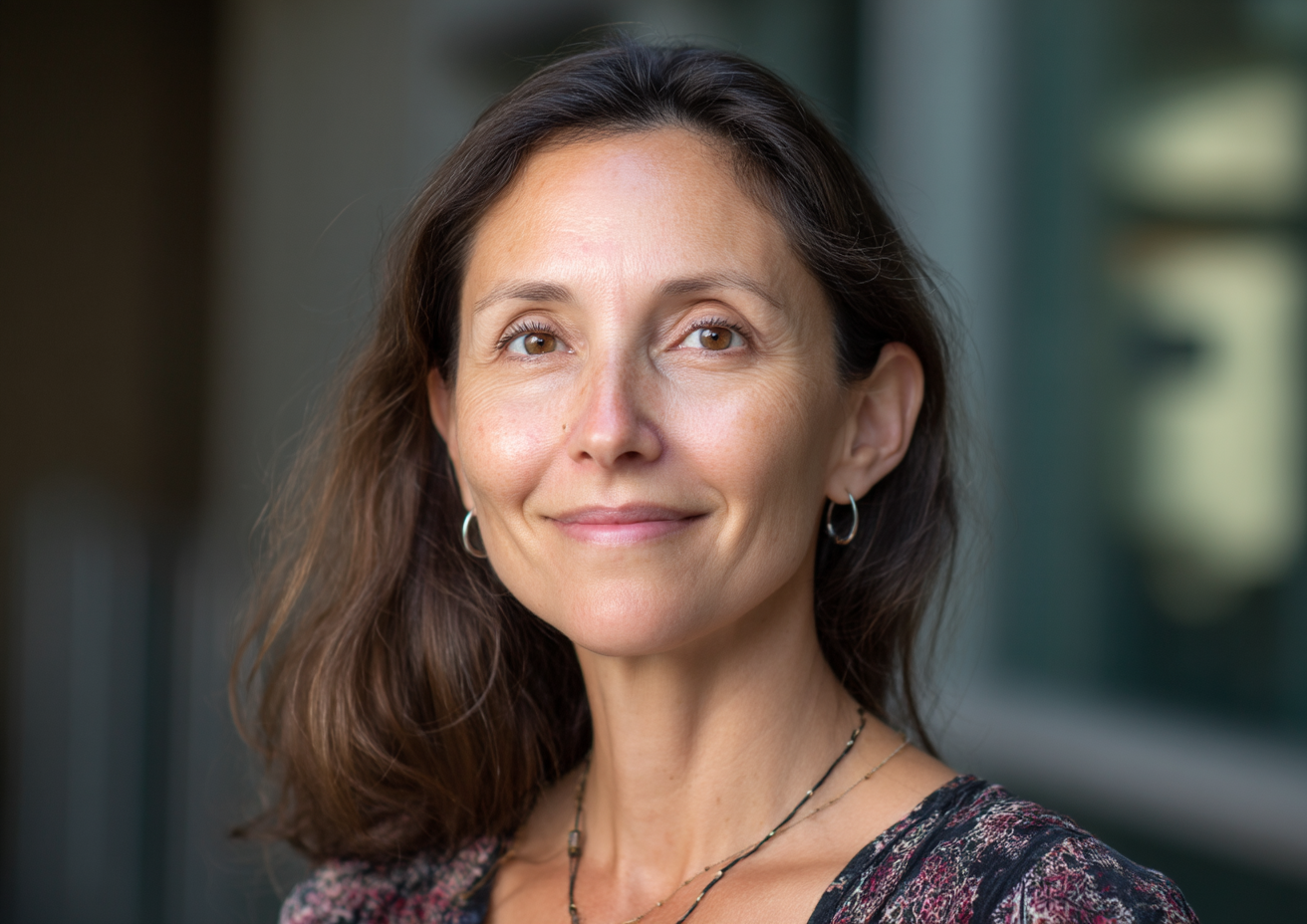In a significant development for graduate medical education, St. David’s HealthCare has appointed Cynthia Muñiz as the new Vice President of Graduate Medical Education (GME). This strategic move aims to enhance GME programs across Texas, ultimately improving the experiences of healthcare trainees and ensuring they receive high-quality medical training. With the healthcare landscape continuously evolving, such appointments signify a commitment to developing future leaders in the industry.
The Role and Responsibilities of GME Leadership
Graduate Medical Education plays a vital role in preparing physicians and healthcare professionals for their careers. The leadership in GME is essential in shaping the standards, policies, and training environments that future doctors will navigate. Cynthia Muñiz’s agenda as VP will likely include:
- Enhancing existing GME programs to adapt to the needs of the healthcare system.
- Improving trainee satisfaction by fostering an inclusive and supportive learning environment.
- Developing new strategies to engage residents and fellows actively.
- Collaborating with various hospitals to standardize educational quality across regions.
Addressing these responsibilities will directly influence the effectiveness of medical training and the overall quality of healthcare services in Austin, Texas.
Key Challenges in Graduate Medical Education
Despite the critical importance of GME, several challenges persist in medical education leadership. Understanding these issues is crucial for success in the GME space. Here are some primary challenges:
- Burnout Among Trainees: Rising levels of stress and burnout can lead to decreased satisfaction and engagement in training programs.
- Variability in Program Quality: Significant disparities exist in training quality across hospitals and programs.
- Changing Healthcare Needs: As healthcare policies evolve, GME programs must adapt to prepare trainees to meet new demands.
By identifying these challenges, Cynthia Muñiz can strategically refine the GME programs at St. David’s, ensuring that they meet the needs of both the healthcare industry and the future medical workforce.
Enhancing Trainee Satisfaction and Engagement
One of the goals of Cynthia Muñiz’s leadership will be enhancing trainee satisfaction and engagement. Research denotes that high trainee satisfaction correlates with better learning experiences and outcomes. Practical strategies to achieve this include:
- Regular Feedback and Mentorship: Establishing systems for continuous feedback can help trainees feel more supported and valued.
- Flexible Training Pathways: Offering personalized training options to accommodate diverse career goals can improve engagement.
- Wellness Programs: Implementing mental health support and wellness initiatives can mitigate burnout, improving overall satisfaction.
Such initiatives are not just beneficial for trainees but can also lead to increased retention rates and continuous growth within the hospital system.
Examples of Successful GME Initiatives
Austin’s healthcare landscape is ripe with examples of successful GME initiatives. Other institutions have initiated innovative programs that may serve as models for St. David’s HealthCare:
- Integrated Wellness Programs: Some hospitals have implemented wellness initiatives that combine training with mental health resources, addressing burnout.
- Collaboration with Academic Institutions: Partnerships between hospitals and universities have enhanced the research component of GME, leading to improved patient care practices.
- Resident Leadership Opportunities: Programs that offer residents leadership roles promote engagement and professional development.
By analyzing and potentially implementing similar strategies, Cynthia Muñiz can build upon these successful frameworks, tailoring them to meet the unique needs of St. David’s GME programs.
The Importance of GME Strategy in Healthcare Leadership
A well-defined GME strategy is crucial for effective healthcare leadership. The appointment of Cynthia Muñiz emphasizes the growing importance of nurturing medical professionals who can navigate the complexities of modern healthcare. Health system leaders must:
- Invest in Continuous Education: Continuing education is essential for developing healthcare leaders who can adapt to ongoing changes in healthcare policy.
- Foster Interdisciplinary Collaboration: Effective communication between disciplines can enhance patient outcomes and enrich the educational experience for trainees.
- Engage in Policy Advocacy: GME leaders should advocate for healthcare policies that support the training and professional development of future leaders.
These strategic objectives go hand-in-hand with the overarching goal of producing well-rounded and effective healthcare leaders ready to tackle the future’s challenges.
Call-to-Action for Healthcare Professionals
Staying informed about leadership changes and GME initiatives is vital for healthcare professionals and educators. Cynthia Muñiz’s appointment at St. David’s presents an opportunity for stakeholders to engage in conversations about improving graduate medical education. For those interested in learning more about innovative GME strategies and the latest leadership developments, we invite you to connect with the Pulivarthi Group. Our expertise in staffing solutions can support institutions aiming to enhance their GME programs effectively.
Conclusion
As we welcome Cynthia Muñiz into her role as VP of Graduate Medical Education at St. David’s HealthCare, we can be optimistic about the future of GME programs in Texas. Her leadership perspective and actionable strategies are essential for addressing the challenges faced in medical education and healthcare leadership. The initiatives she implements will not only enhance trainee experiences but will also positively impact the quality of healthcare services overall.
Healthcare professionals and medical educators must pay attention to these developments. By understanding and aligning with the evolving GME strategy, institutions can contribute to shaping a workforce that meets the future healthcare needs of our communities. For more insights on GME initiatives, staffing, and how you can get involved, visit the Pulivarthi Group’s resources today.





